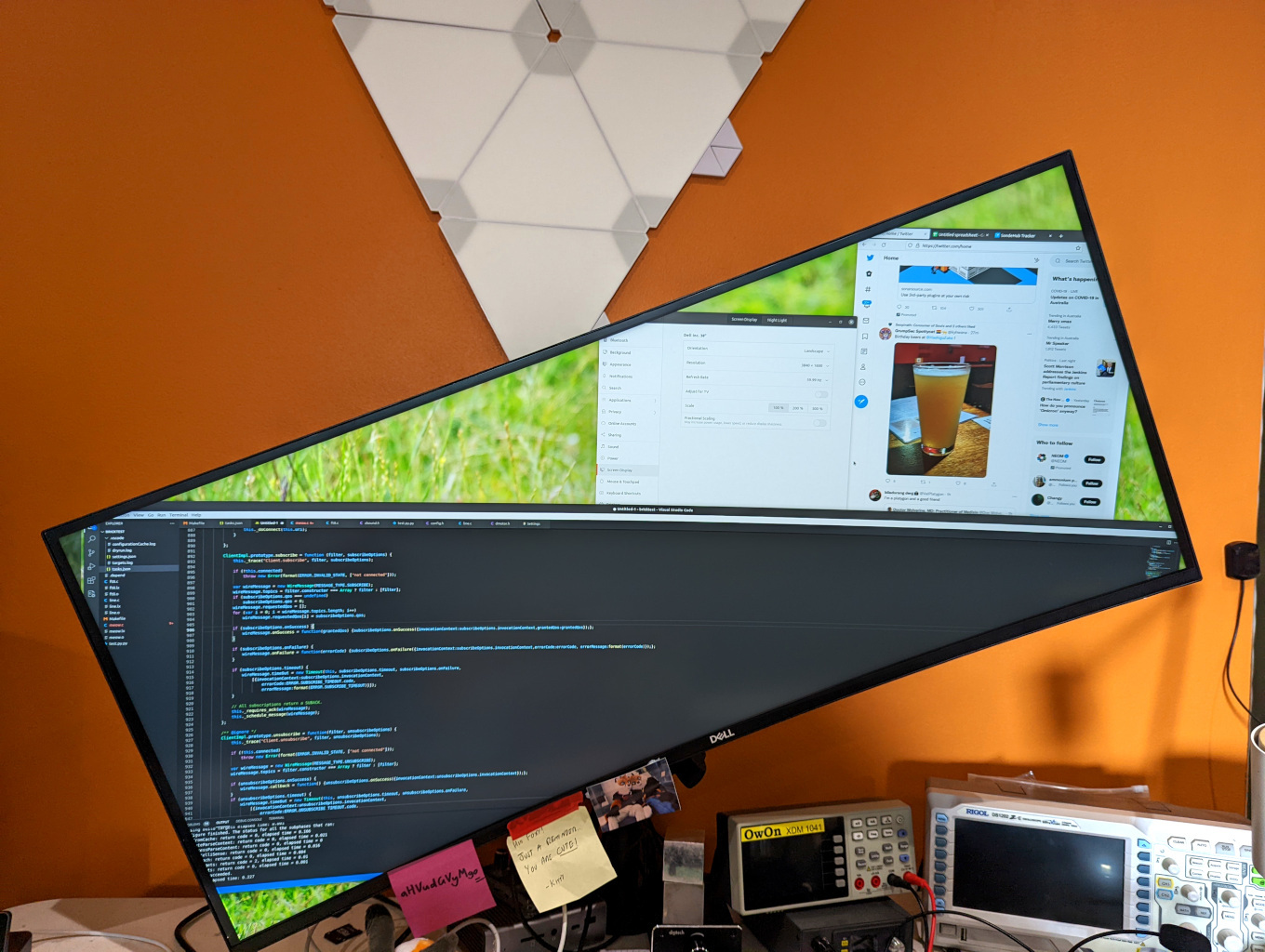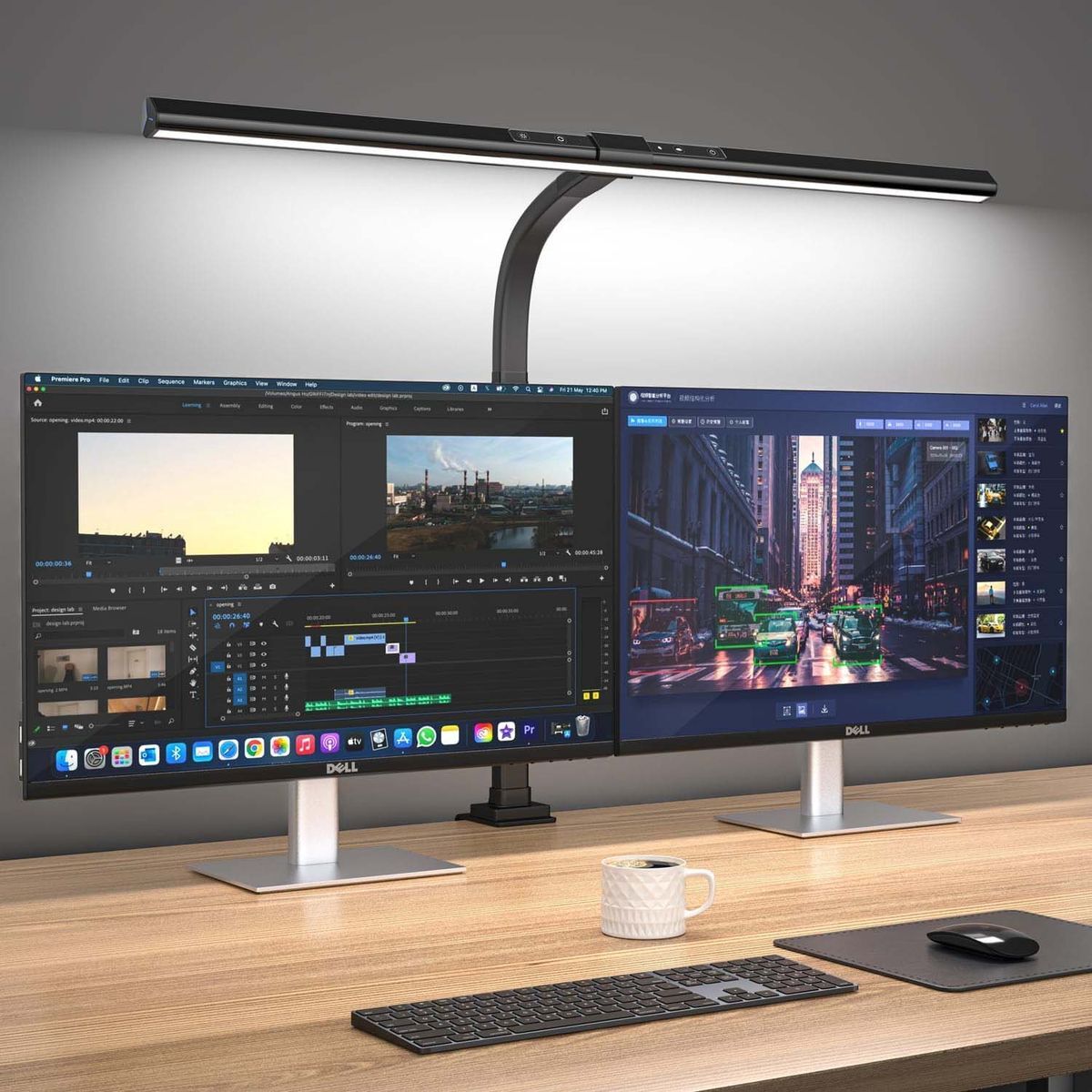I blame Daniel
- 4 Posts
- 123 Comments

 5·1 year ago
5·1 year agoSome surface-level info while I’m waiting for my kids to finish the evening ritual: No need for an extra IP or VPS. You can host them all on the same IP and machine, provided there aren’t any conflicting port assignments.
In the DNS server, you can enter the various subdomains as CNAME pointing to the A record. The server-software is configured with which hostname it should operate as (For example, HTTP/1.1 has a Host-specification in the initial request, so that one server can host multiple domains on the same IP)
It should be noted that mail servers are indicated by an MX-record. And mailservers should also have a TXT record (SPF record) as part of spam prevention - some SMTP servers query this to ensure that your e-mail actually comes from you and not from someone spoofing the domain.
I used to have a zone file that did roughly what you’re trying to do, bit sadly I don’t have it anymore. But as you have DNS up and running, I’m sure you’ll be able to figure out the rest through checking some examples.
I half-baked an example zone file for you. I haven’t tested it, though. It assumes the domain of blargh.com being hosted from an IP of 123.123.123.123:
$TTL 86400 @ IN SOA ns1.blargh.com. admin.blargh.com. ( 2024102102 ; Serial (incremented) 3600 ; Refresh 1800 ; Retry 1209600 ; Expire 86400 ; Minimum TTL ) ; Name servers @ IN NS ns1.blargh.com. @ IN NS ns2.blargh.com. ; A Records @ IN A 123.123.123.123 ns1 IN A 123.123.123.123 ns2 IN A 123.123.123.123 ; CNAME Records mail IN CNAME blargh.com. mastodon IN CNAME blargh.com. matrix IN CNAME blargh.com. ; MX Records @ IN MX 10 mail.blargh.com. ; TXT/SPF Record @ IN TXT "v=spf1 mx ~all"Oh, and some tips:
- Do not enable SMTP-relay on your SMTP server. This opens you up to abuse, and you (probably) don’t need it.
- Your DNS server should only talk to strangers about queries about your domain. Otherwise you might be part of a DNS amplification attack.
- I have a personal preference for imap.blargh.com or pop3.blargh.com, combined with smtp.blargh.com, as it makes it easier to deduct the protocol, if you’re not supporting imap and pop3. I don’t think anyone else but me care, though.

 13·1 year ago
13·1 year agoI primarily use perl, and while I find its syntax easy to understand, I’ll be the first to admit that its syntax and special use cases thereof does provide a way for some rather exotic symbol-garbage to be valid code.
Normal perl code is simple enough. But abnormal code does happen, sometimes on purpose, sometimes by accident.
I’ll share with you this gem:
Why is this program valid? I was trying to create a syntax error
 3·1 year ago
3·1 year agoWill have a look tomorrow if I find the time. I don’t have much storage space at the moment, though, so if I do end up grabbing it all, I’m going to need one of you to take it off my hands, depending on size.
In my book WSL and VM share the same downside in that you’re only abstracting Linux functionality in relation to the hardware.
Linux really shines when it has full access to the actual hardware as opposed to asking it’s environment nicely if it’s allowed to do something.
For example, I routinely need to change my IP address to talk to specific networks and network hosts, but having to step over the virtualisation or interpretation layer to do so is just another step, thus removing the advantage of running linux in the first place.
Sure, VMs and dual booting have their uses, but the same uses can be serviced by an actual linux install while also being infinitely more powerful.
I played around with WSL for a while, but you notice really quickly that it is not the real thing. I’ve used virtual box for some use cases, but that too feels limiting ad all of the hardware you want to fully control is only abstracted.
I would say that unless he has a really good reason why he wouldn’t want to go for dual boot, then he should do just that.
You mount them to /proc for extra spiciness
WTF, for the past 25 years, I thought /usr was short for /user, partially because of FreeBSDs preference for having user homes in /usr/home/*
Also, fuck /media. All of my (middle aged) homies hate /media
By promoting the distros that have this as a goal, such as Mint.
I would suggest Ubuntu in this category, but… eww…
Pretty much when you posted that, I found this in my dmesg:
[ 715.744332] e1000e 0000:00:1f.6: Interrupt Throttling Rate (ints/sec) set to dynamic conservative mode [ 715.965683] e1000e 0000:00:1f.6: The NVM Checksum Is Not Valid [ 716.008541] e1000e: probe of 0000:00:1f.6 failed with error -5Just for the record, I compared modinfo up against lspci, and the PCI ID matches, so the driver should work. Is it possible to ignore the NVM checksum and try anyway? Because any tool I can find that communicates with the EEPROM on a hardware level is made for msdos.
Derp, I don’t think I ever did a modprobe. Anyway, I did an rmmod as I found out that there’s a newer version out, and I’m currently working on building the new version.
UPDATE: Newer version built, installed, and loaded.
 1·1 year ago
1·1 year agoI don’t know, we usually buy in bulk. I tried finding the invoice we got after a pallet of 15TB tapes, but I can’t seem to find it.
There are also different tape types depending on which capabilities you need, which of course affects the price as well. We use a few variations on the IBM 3592 tape, but most of them are WORM, and in a tape format that “anyone” can read.
Ask geophysicists or people dealing with geophysical data. Storing on tape is pretty much industry standard, and drives are upgraded now and then for better speed and data density.
Source: We sold off a bunch of TS1150 a couple of years ago after upgrading.

 83·1 year ago
83·1 year agoThe ones making the comment are on your block list, either personally, or by instance.
 7·1 year ago
7·1 year agoSeconding this. I work with a lot of geophysical data, and there’s a reason why our library is stored on LTO.
Once you have the infrastructure and supply chain for it, there’s simply no cheaper way of long term storage per TB. The drives can be pricey, depending on which you use, but the standard IBM tapes are pretty cheap.
I have four identical machines. Each with the following set of disks:
2x NVMe
2x 2.5" SSD
4x 3.5" HDD in hardware RAID6now, the device nodes for the SSDs and the RAID seems random. These populate /dev/sda through sdc, but which is which varies between the machines.
Is it possible to somehow reassign the device nodes so that I have the RAID show up as sdc on all machines?
I was thinking along the same lines. Use the online version available via portal.office.com, and use that to convert everything to something more FOSS-friendly.
Not sure if access is free, though.
I actually like that name, but it might be too close to the original for trademark comfort.
I for one really appreciate the effort of supporting non-AT drives despite the initial skepticism.




Previous job: Windows, because it was a company issued laptop. Plus a lot of the company was built around the MS ecosystem.
Current job: Linux, because I got to keep the perfectly decent Dell laptop when I left. I wanted to make sure I purged everything, so it’s running LMDE now. Plus, there’s not much outlook and teams stuff that I have to use.